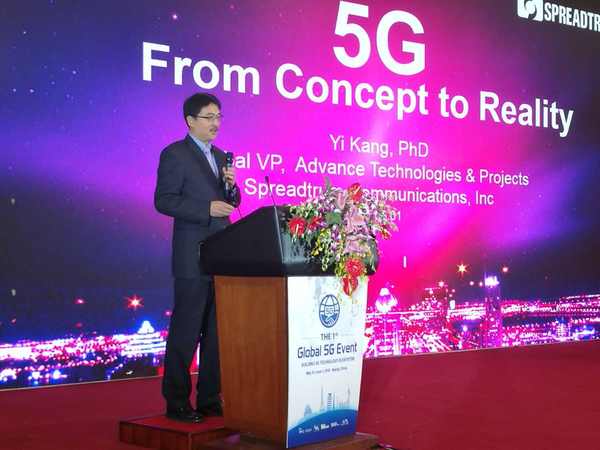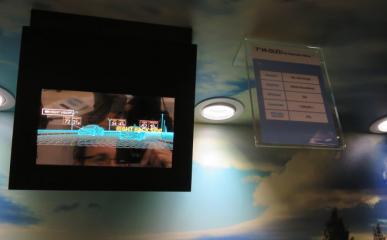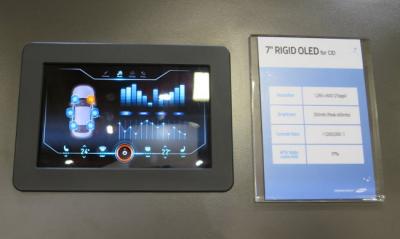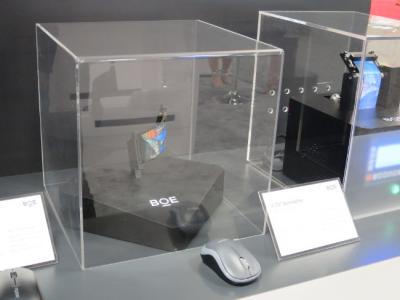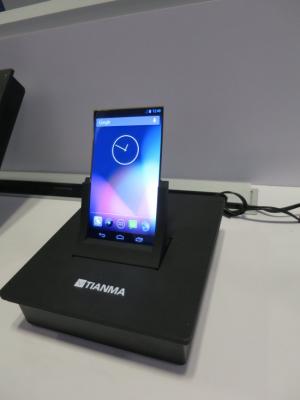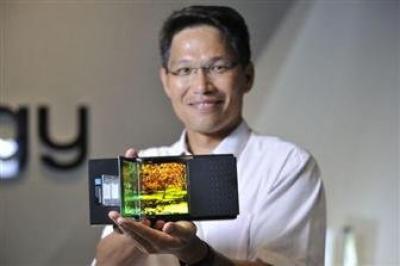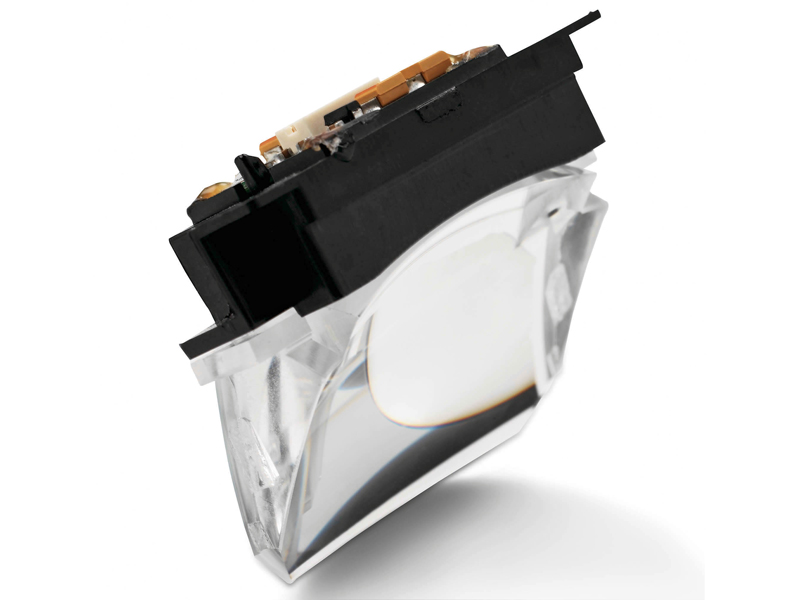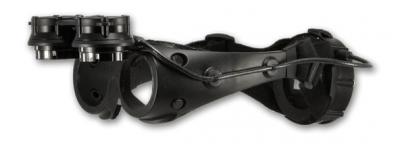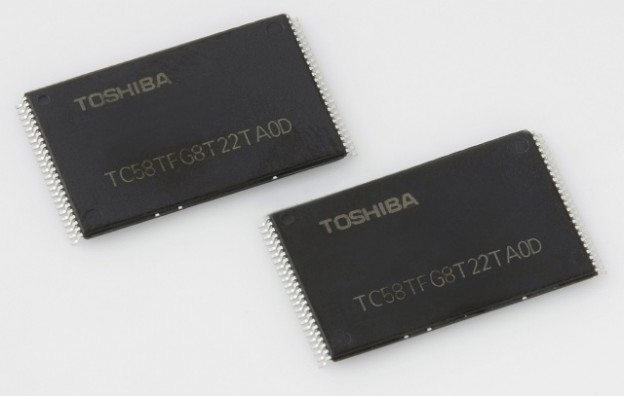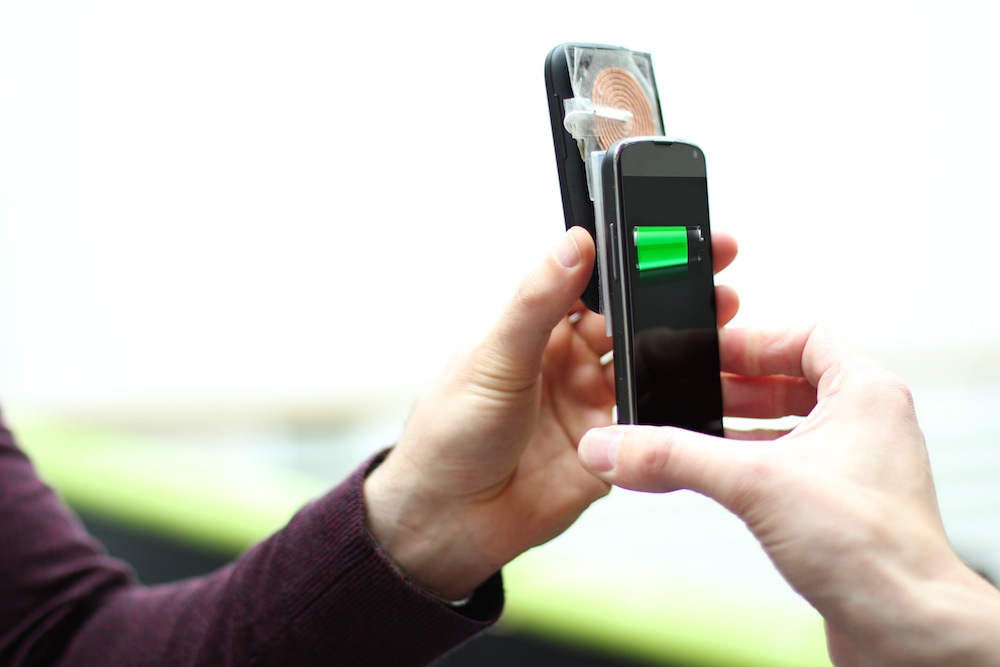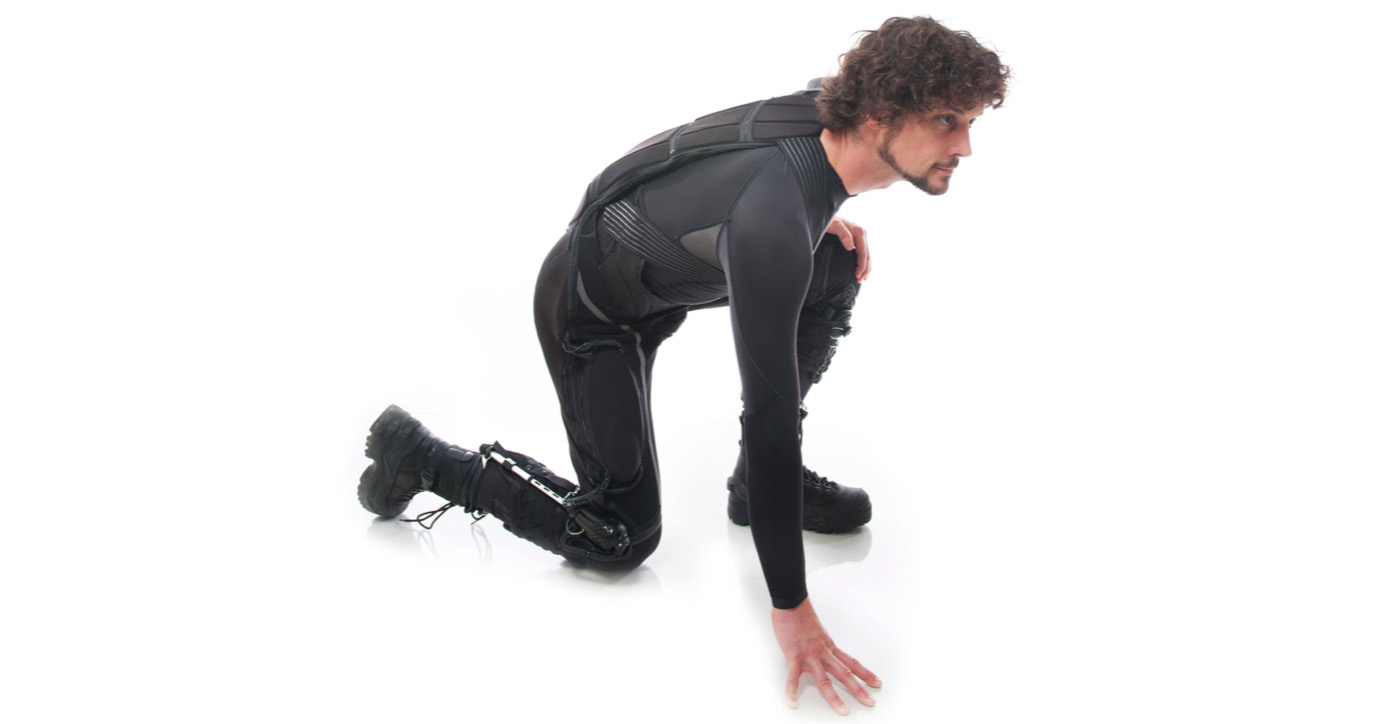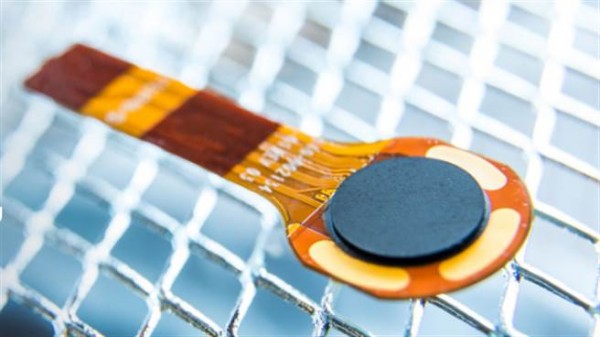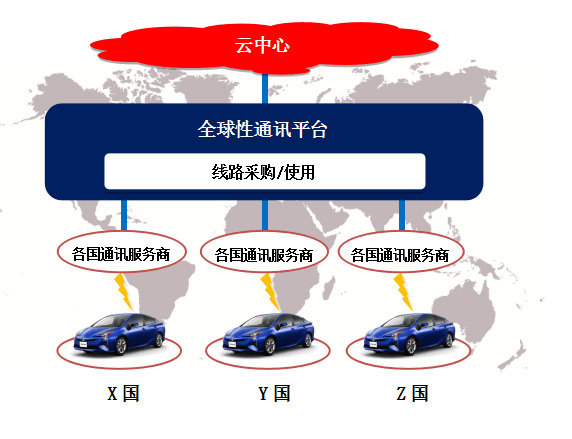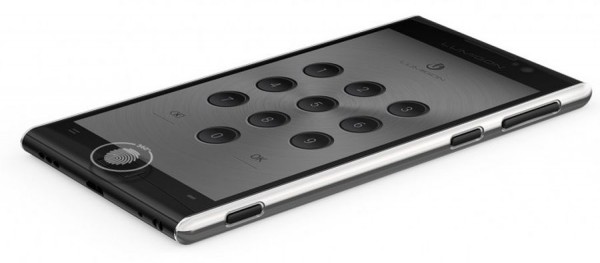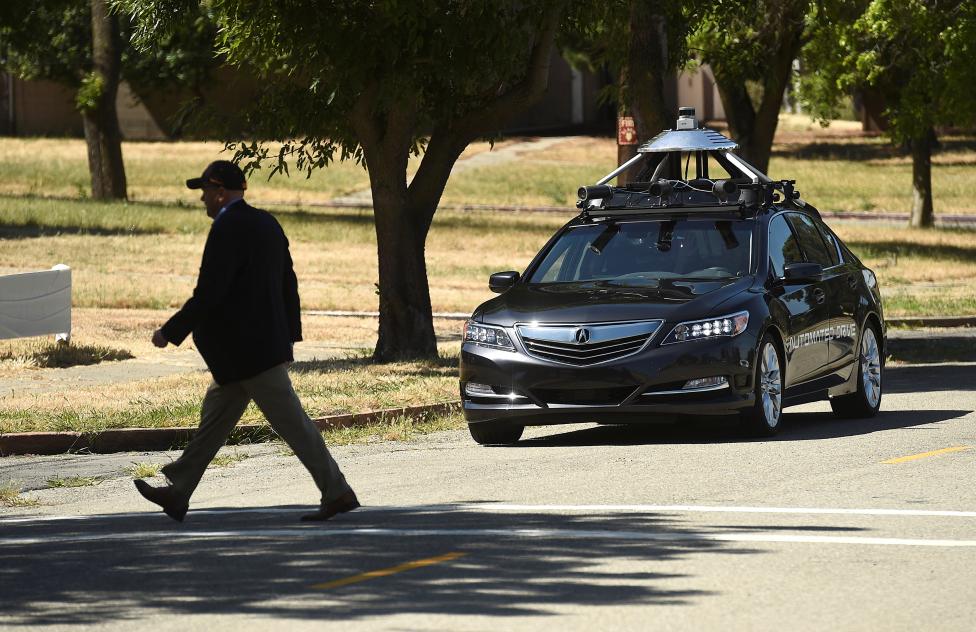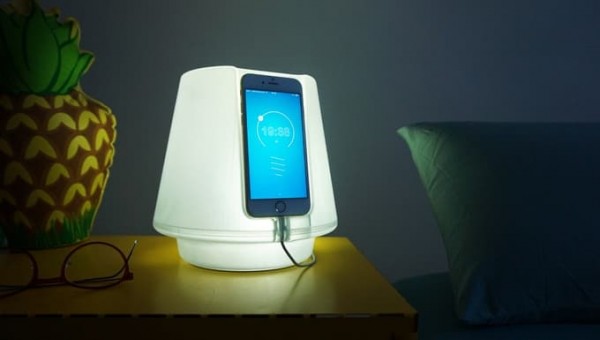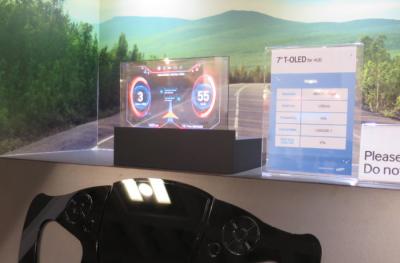
6-5: Huawei aims to ramp up its annual revenues to USD150 billion by 2020; Google will be ‘more opinionated’ on design process of Nexus phones; etc.
Huawei aims to ramp up its annual revenues to USD150 billion by 2020; Google will be ‘more opinionated’ on design process of Nexus phones, but no plans to make its own smartphones right now; China-based smartphone vendors and supply chain makers, in view of tight panel supply, have sent executives to Taiwan panel suppliers; BOE, Tianma, ITRI showcasing their flexible OLED displays; etc.
|
Chipset |
| MediaTek has started to work with Europe-based car vendors and worldwide handset firms on the development of the company’s product lines targeted at automotive electronics and VR applications. (Digitimes, press) |
| Yi Kang, Vice President of Marketing at Spreadtrum indicates that the company has invested a lot in 5G, and working hard to launch lab trial 5G chipset in 2018, and will launch standard 5G chipset in 2020. (CN Beta, Sohu) |
| Wireless chip supplier Broadcom is anticipating revenues in the current quarter to rise over 20% sequentially as the firm prepares for the launch of Apple’s next-generation iPhone models, the company’s CEO Hock Tan revealed. (Bloomberg, Apple Insider, CN Beta) |
|
Touch Display |
| China-based smartphone vendors and supply chain makers, in view of tight panel supply, have sent executives to Taiwan to talk with Innolux, AU Optronics (AUO) and Chunghwa Picture Tubes (CPT) in an attempt to secure sufficient supply. (CN Beta, Digitimes, press) |
| Samsung Display has demonstrated several new 7” OLED prototypes for the automotive market – a transparent OLED, a mirror-OLED and a ‘regular’ OLED. (OLED-Info) |
| BOE showcasing a 4.35” bendable and foldable OLED displays. The bendable panels offer a resolution of 1120×480 (HWVGA, 280ppi) and a bending radius of 15mm. The brightness is 350 nits. The color gamut is 100% NTSC. (OLED-Info, East Day) |
| Tianma has showcased a 5.46” flexible OLED prototype featuring a resolution of 720×1280 (270ppi) and a bending radius of 20mm. (OLED-Info, CNMO) |
| Taiwan’s Industrial Technology Research Institute (ITRI) has developed a foldable AMOLED display – which fold both inwardly and outwardly. ITRI will transfer this new technology to Chunghwa Picture Tubes (CPT) in 4Q16. CPT will start trial production at its pilot 4.5-Gen AMOLED fab. (OLED-Info, Digitimes) |
| Researchers from Korea’s KAIST institute developed a rollable OLED device that uses graphene-based electrodes. The researchers say that the new OLED is much more durable when bent compared to current devices made with ITO electrodes. (OLED-Info, Graphene-Info, MK Korea, Eureka Alert) |
| eMagin, the OLED microdisplay maker, demonstrated a full-color directly-patterned OLED microdisplay, the first time that such a display prototype has been developed. eMagin’s display (called the OLED-ULT) features a high luminance of 4,500nits and 2,645ppi. (OLED-Info, Yahoo) |
| Osterhout Design Group (ODG), maker of the R7 enterprise-bound AR / VR smartglasses, are developing a new AR / VR platform that is based on OLED microdisplays from eMagin. The Horizon Platform offers a wide-field of view, 4K 3D content @ 120fps and can switch between VR and AR modes. The resolution is 2K×2K for each eye. (OLED-Info, OfWeek) |
|
Memory |
| NAND flash controller and solution provider Phison Electronics has signed a memorandum of understanding (MoU) with the Electronic Industries Association of India (ELCINA) for joint efforts to establish a home-grown USB device industry. (Digitimes, press, China Times) |
| DRAM market conditions in the 2H16 will be better the first half, as end-market demand picks up, according to Pei-Ing Lee, chairman for Inotera Memories. DRAM demand for handsets, TVs and set-top boxes (STB) is expected to grow in 2H16. (Digitimes, press, FM5) |
| Toshiba will adopt nano-imprint Lithography (NIL) to produce its NAND flash memory in 2017. NIL presses a template on the silicon wafer like a stamp, and costs related to that production stage will likely plummet by roughly two-thirds. For the entire flash memory fabrication process, Toshiba apparently sees costs falling by approximately 10%. (TechNews, China Flash Market, Nikkei) |
|
Battery |
| PowerShake allows mobile and wearable devices to wirelessly charge other mobile and wearable devices on the go, even when those devices are being held or worn. (MSN, TechNews, LiveScience) |
|
Sensors |
| Superflex has developed a soft robotic exosuit. The onboard sensors actually learn the way each individual wearer moves and then uses that information to turn on the power at the precise moment when the wearer needs it. (Engadget, MIT, IT Home) |
|
Biometric |
| Synaptics Incorporated has unveiled its new ultra-small form factor USB module that enables Natural ID secure fingerprint authentication on any notebook PC. (CN Beta, Biometric Update, Forbes) |
|
Connectivity |
| Toyota Motor Corporation (TMC) and KDDI Corporation (KDDI) have partnered to establish a global communications platform. The platform will enable the operation of communications networks throughout the world to support car connectivity. (CN Beta, Japan Times, CNET, Automotive World) |
| Narrow-Band IoT and LoRaWAN (long range wide area network) are seeing increased application for wireless long-distance communications at low power consumption, and thereby are likely to become two LPWAN (low-power wide-area network) standards, according to Digitimes Research. (Digitimes, press, IoT Home) |
| Based on comments made by Broadcom CEO Hock Tan, Apple upcoming iPhone could be equipped with a new, much faster version of Wi-Fi known as WiGig, or 802.11ad, which would allow for wireless video streaming at 4K ultra-high definition resolution. (CN Beta, Fortune, Mac Daily News) |
|
Smartphones |
| Huawei aims to ramp up its annual revenues to USD150 billion by 2020 and will maintain a yearly R&D budget equal to about 10% of its annual sales, according to company founder and CEO Ren Zhengfei. (Digitimes, press) |
| Charlene Munilall, general manager for Huawei Consumer Business Group says, the company is “doing the Google Nexus again” this year. (CN Beta, Techno Buffalo, IB Times, SlashGear) |
| Apple Pay has made only a small dent in the global payments market, snagged by technical challenges, low consumer take-up and resistance from banks. (CN Beta, Fortune, CRN) |
| Bollywood actor Shah Rukh Khan is not poised to become Apple’s brand ambassador in India. (Apple Insider, Times of India, 163) |
| Google CEO Sundar Pichai says they have no plans to make its own smartphones right now but will be ‘more opinionated’ on design process of Nexus phones. (CN Beta, Digital Trends, Droid Life, in.com) |
| Foxconn denies rumor of laying off 60,000 employees at Kunshan factories. However, Fosconn acknowledges the robotic evolution in the main industry segment, and it is the future. (CN Beta, 163) |
| Lumigon, a Danish company, launches T3 with night-vision camera function – 4.8” HD Super AMOLED display coated in Corning Gorilla Glass 4, MediaTek Helio X10 processor,13MP PDAF – 4MP night-vision dual camera + 5MP cameras, 3GB RAM, 128GB storage, Android 6.0, LTE, dual-SIM, priced from USD925. (Pocket-Lint, CN Beta) |
|
Wearables |
| IMAX will set up 6 VR theaters around the world and will partner with Sweden-based games developer Starbreeze. Acer will provide VR headsets, high-end PCs for under the seats, servers and other types of hardware for the theaters through establishing a joint venture with Starbreeze, according to Acer CEO Jason Chen. (Digitimes, Biznews Index, Fortune, Starbreeze, 10JQKA, AskCI) |
| Huawei CEO Richard Yu has confirmed that Huawei plans to launch a Google Daydream ready smartphone fall 2016. (Android Headlines, WSJ, Android Central, Sina, Huxiu) |
| ASUS is expected to shift its development focus to IoT, robot and VR / AR products, seeing the motherboard / graphics card and notebook markets continuing to suffer from weakening demand. (Digitimes, press) |
| Mobvoi launches Ticwatch 2 – 1.4” OLED display, 36mm circular display, powered by Ticwear 4.0, supporting 3G, mobile payment Ticpay, heart rate sensor, TiCharge wireless charging, priced from CNY999. (CN Beta, My Drivers, TGBUS, Android Headlines) |
|
Internet of Things |
| Nest co-founder and CEO Tony Fadell steps down. He will remain as an advisor at Alphabet, as former cable exec Marwan Fawaz takes over. (Engadget, Nest, New York Times, 163, Tencent) |
| Honda has demoed its autonomous vehicle technology at an abandoned weapons station in California. (Android Headlines, Reuters, PC Mag, Tencent) |
| Peggy Johnson, Microsoft’s head of business development revealed that Microsoft will not build their own autonomous vehicle but would like to enable autonomous vehicles and assisted driving as well. (Ubergizmo, WSJ, 163, IT Home) |
| UpLamp, which it is describing as “the first lampless light”. Instead of relying on a bulb, the lamp directs and distributes a phone’s LED light. The company says it uses a “scattering optic” to disperse the LED light throughout UpLamp. (CN Beta, Digital Trends, The Verge) |
| “We see more change in the next five years than there’s been in the last 50,” says Dan Ammann, president of General Motors. (TechNews, MSN) |
